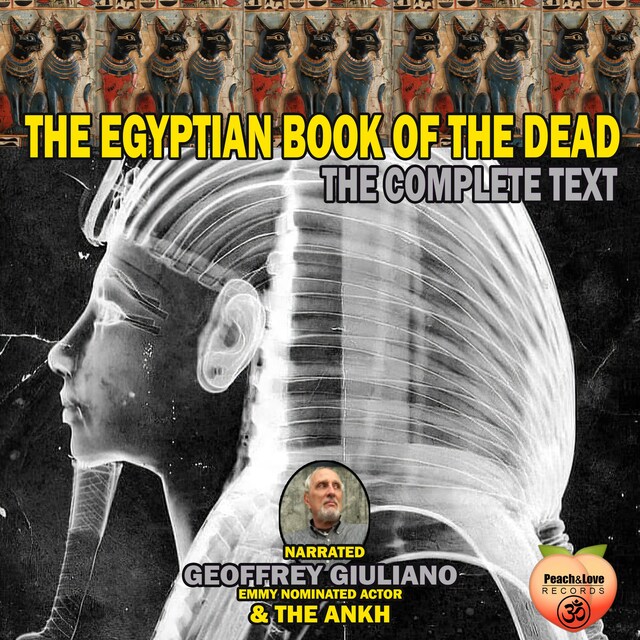
The Egyptian Book Of The Dead
The Complete Text
Description of book
The Egyptian Book of the Dead, often referred to as the "Book of Coming Forth by Day," is a profound collection of ancient funerary texts and spells created to guide the deceased through the complex journey of the afterlife. Emerging during the New Kingdom period around 1550 BCE, these texts continued to evolve until about 50 BCE. They developed from earlier religious texts such as the Pyramid Texts and the Coffin Texts, becoming more personalized to meet the individual needs of the deceased.
These texts were meticulously written on papyrus scrolls, frequently adorned with elaborate illustrations that vividly depicted various scenes from the afterlife. With around 200 spells, each manuscript could differ, containing a selection tailored for the deceased. Among the most significant spells are those that deal with the weighing of the heart ceremony. This crucial event determined the fate of the deceased by weighing their heart against the feather of Ma'at, the goddess of truth and justice. A lighter heart signified a virtuous life, allowing the deceased to proceed to the afterlife. Other spells served to protect the heart, provide guidance through the afterlife, or direct the shabti figures, small statuettes meant to serve the deceased.
The central aim of the Book of the Dead was to ensure a safe passage and a favorable judgment in the afterlife, presided over by Osiris, the god of the underworld. The texts reveal the Egyptians' deep-seated belief in resurrection and the immortality of the soul. They envisioned a paradise called the Field of Reeds, where a righteous soul could enjoy eternal bliss. These beliefs underscore the importance the Egyptians placed on living a life in harmony with the principles of Ma'at.


